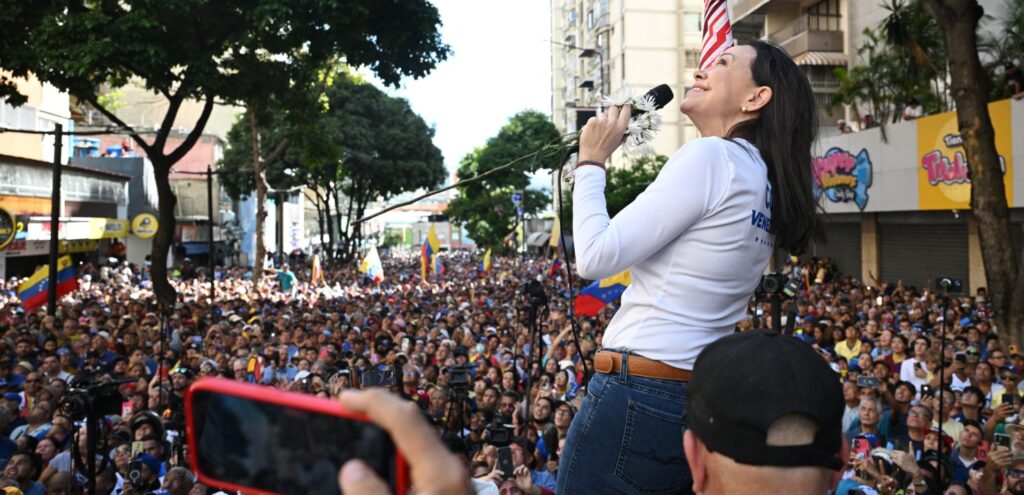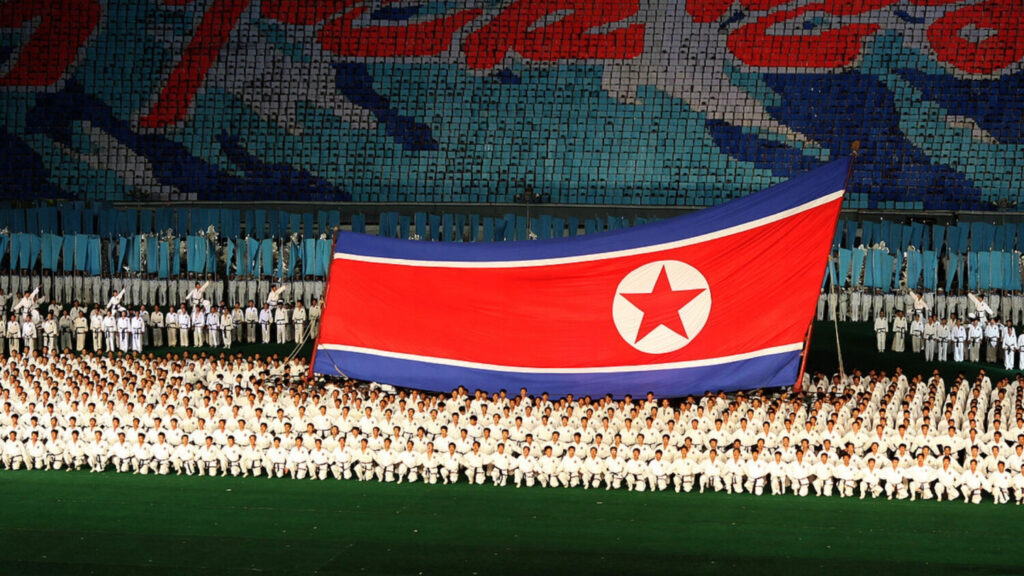Crude Lessons: How the Israel-Iran Conflict Reflects the Oil Shocks of the Past
Energy insecurity has persisted as a defining feature of global geopolitics for over half a century. While crises like the 2025 Israel-Iran conflict echo past disruptions, today’s responses reflect developments in how nations have reimagined energy security. Heightened volatility continues to increase investment uncertainty and delays in energy decision making in global crude oil markets. This, in turn, risks macroeconomic instability, especially in economies lacking robust policy responses (Almasria et al., 2024). While Israel is not a major oil exporter, its strategic position and regional influence mean its actions can have far-reaching consequences in global energy politics (Almasria et al., 2024). Consequently, even localised geopolitical tensions can ripple across international markets, highlighting the persistent fragility of the global energy system.
The 1973 Oil Embargo and Supply Dependence
For example, in 1973 the Organization of Arab Petroleum Exporting Countries (OAPEC) cut exports to the U.S. and its allies in protest against their support for Israel during the Yom Kippur War (Rubin, 2003). This led to the oil embargo which had far-reaching impacts on global markets, prompting nations to reduce reliance on the Organisation of Petroleum Exporting Countries (OPEC) further. Whilst distinct from OAPEC, internal political divisions eventually weakened the effectiveness of OPEC as a whole (Patidar et al., 2024). In response to this situation, the International Energy Agency (IEA) was founded in 1974 to coordinate oil reserves and emergency responses among industrialised nations, thereby reducing producer dominance (Rubin, 2003). In comparison, the 2025 Israel-Iran conflict has reignited the threat of supply disruption (e.g., Iran potentially blockading the Strait of Hormuz) which is once again being used to apply strategic pressure (See Figure 1 below).

The Iran-Iraq War and Oil as a Foreign Policy Tool
Moreover, during the Iran-Iraq War (1980), a boycott of oil sales emerged in response to U.S. support for Israel, leading to a dramatic spike in prices amid global economic stagnation (Ugli, 2024). This sparked the U.S.’s first major energy crisis since WWII and created a ripple effect across Europe, where countries faced balance of payments pressures due to rising import costs (Ugli, 2024). In response, many nations began to diversify their energy sources. The EU, for instance, increased investment in North Sea oil and began seeking alternatives beyond the Gulf, laying the groundwork for long-term energy transition strategies (Favero and Pesaran, 1994). Both the Israel-Iran conflict and the Iran-Iraq war have weaponised oil amidst regional instability. However, rather than formal boycotts, the threat stems from indirect escalation.
The Gulf War and Coordinated Market Intervention
Furthermore, the Gulf War (1990-1991) demonstrated how international sanctions can disrupt global oil supply. Just days after Iraq’s invasion of Kuwait, the UN and its allies imposed sweeping sanctions, halting ‘90%’ of Iraq’s oil exports and crippling its economy (Campbell et al., 1991, p.174). Though the resulting oil price surge was sharp, it was short lived. Coordinated responses such as OPEC output, strategic petroleum reserves and new energy policies stabilised markets, with prices returning to pre-crisis levels within a year (Campbell et al., 1991). The Israel-Iran conflict, though deeply destabilising, has not yet resulted in a comparable physical supply shock like the Gulf War. Instead, its impact has been more rooted in market psychology and geopolitical risk premiums (i.e. higher risk), rather than production shutdowns (Campbell et al., 1991).
The Israel-Iran Crisis Today and Evolving Policy Responses
Although investment in crude oil has declined during the Israel-Iran conflict, the enduring lessons of past oil shocks continue to shape how nations approach energy securitisation and resilience in today’s volatile geopolitical landscape. Shortly after the outbreak of hostilities in Iran, global oil prices initially fell by ‘5%’ (Blas, 2025, p.1). However, as mentioned previously, renewed fears that Iran may blockade the Strait of Hormuz, a critical chokepoint for global oil and gas flows, led to forecasts of price increases of up to ‘12%’ from $65 per barrel at the beginning of 2025 (Figure 2) (Blas, 2025, p.1).
Unlike earlier crises, where swift and coordinated responses such as strategic reserve releases and OPEC interventions helped stabilise markets, today’s international reaction has been more fragmented. While energy markets have demonstrated some resilience, the absence of unified global action and the open-ended nature of the conflict raise the risk of more prolonged economic disruption if escalation persists.
A key difference from past decades lies in the progress made toward diversification and preparedness. Many countries have reduced their reliance on Middle Eastern oil by securing supplies from more politically stable regions and developing robust policy mechanisms (Holder & Fox, 2025). These measures have helped hedge short-term shocks and limit systemic inflationary pressures. Nevertheless, as seen in the aftermath of the Russia-Ukraine war, geopolitical instability still triggers immediate price spikes and market anxiety, with tangible effects on household energy bills and industrial production costs (Holder & Fox, 2025; Blas, 2025).
In addition, today’s governments are better equipped than those in the 1970s. Strategic oil reserves are larger and more synchronised, supply chains are more geographically diversified, and there is a growing policy emphasis on clean energy (Almasria et al., 2024). For example, Germany’s Energiewende aims to achieve ‘60%’ renewable energy in total final consumption by 2050 (Quitzow et al., 2016, p.164). These long-term transitions signal a move from reactive crisis management to proactive energy planning.
Overall, the Israel-Iran conflict, like previous oil shocks, highlights the enduring vulnerability of global energy markets to regional instability. Yet it also reveals the advancement of energy policy, where crises can cause structural reform. Over time, nations have developed more sophisticated responses to energy insecurity, balancing immediate economic concerns with long-term strategic planning.
Leaders should act to shield their economies and consumers from severe price disruptions, coordinating a joint diplomatic effort to keep the Strait of Hormuz open, and by releasing strategic petroleum reserves to stabilise markets alongside continued de-escalation through the UN.
Bibliography
Almasria, N.A., Aldboush, H.H., Al Kasasbeh, O., Lutfi, A., Alhajahmad, F.B., Barrak, T.A. and Alsheikh, G. (2024). Oil Price Volatility and Economic Growth: Evidence from the Middle East. International journal of energy economics and policy, 14(3), pp.417–421. doi:https://doi.org/10.32479/ijeep.15484.
Blas, J. (2025). Israel Iran Conflict: Ceasefire or Not, the World Is Swimming in Oil. [online] Bloomberg.com. Available at: https://www.bloomberg.com/opinion/articles/2025-06-24/israel-iran-conflict-ceasefire-or-not-the-world-is-swimming-in-oil [Accessed 30 Jun. 2025].
Campbell, B.R., Elliott, K.A., Schlittler, G., Carver, J.P. and Newcomb, D. (1991). The Gulf War: The Law of International Sanctions. Proceedings of the Annual Meeting (American Society of International Law), [online] 85, pp.169–190. doi:https://doi.org/10.2307/25658580.
Favero, C.A. and Pesaran, M.Hashem. (1994). Oil investment in the North Sea. Economic Modelling, 11(3), pp.308–329. doi:https://doi.org/10.1016/0264-9993(94)90007-8.
Holder, S. and Fox, D. (2025). Why US Entering Iran-Israel War Hasn’t Sent Oil Prices Soaring. [online] Bloomberg.com. Available at: https://www.bloomberg.com/news/articles/2025-06-23/why-us-entering-iran-israel-war-hasn-t-sent-oil-prices-soaring?embedded-checkout=true [Accessed 30 Jun. 2025].
Macrotrends (2025). Crude Oil Prices – 70 Year Historical Chart. [online] Macrotrends. Available at: https://www.macrotrends.net/1369/crude-oil-price-history-chart.
Maritime Education (2025). The Strait of Hormuz: A Maritime Lifeline in the Persian Gulf. Available at: https://maritimeducation.com/the-strait-of-hormuz-a-maritime-lifeline-in-the-persian-gulf/ [Accessed 30 Jun. 2025].
Patidar, A.K., Jain, P., Dhasmana, P. and Choudhury, T. (2024). Impact of global events on crude oil economy: A comprehensive review of the geopolitics of energy and economic polarization. GeoJournal, 89(2). doi:https://doi.org/10.1007/s10708-024-11054-1.
Quitzow, L., Canzler, W., Grundmann, P., Leibenath, M., Moss, T. and Rave, T. (2016). The German Energiewende – What’s happening? Introducing the special issue. Utilities Policy, 41, pp.163–171. doi:https://doi.org/10.1016/j.jup.2016.03.002.
Rubin, A. (2003). THE DOUBLE-EDGED CRISIS: OPEC AND THE OUTBREAK OF THE IRAN-IRAQ WAR. Middle East Review of International Affairs, [online] 7(4). Available at: https://ciaotest.cc.columbia.edu/olj/meria/meria_dec03/meria03_rua01.pdf.
Ugli, D.K.K.M. (2024). Palestine-Israel Conflict: The Influence of Arab Countries on the Oil Policy and Geopolitics of the Middle East. London Journal of Research In Humanities and Social Sciences, [online] 24(8), pp.83–89. Available at: https://journalspress.uk/index.php/LJRHSS/article/view/732/3652.



